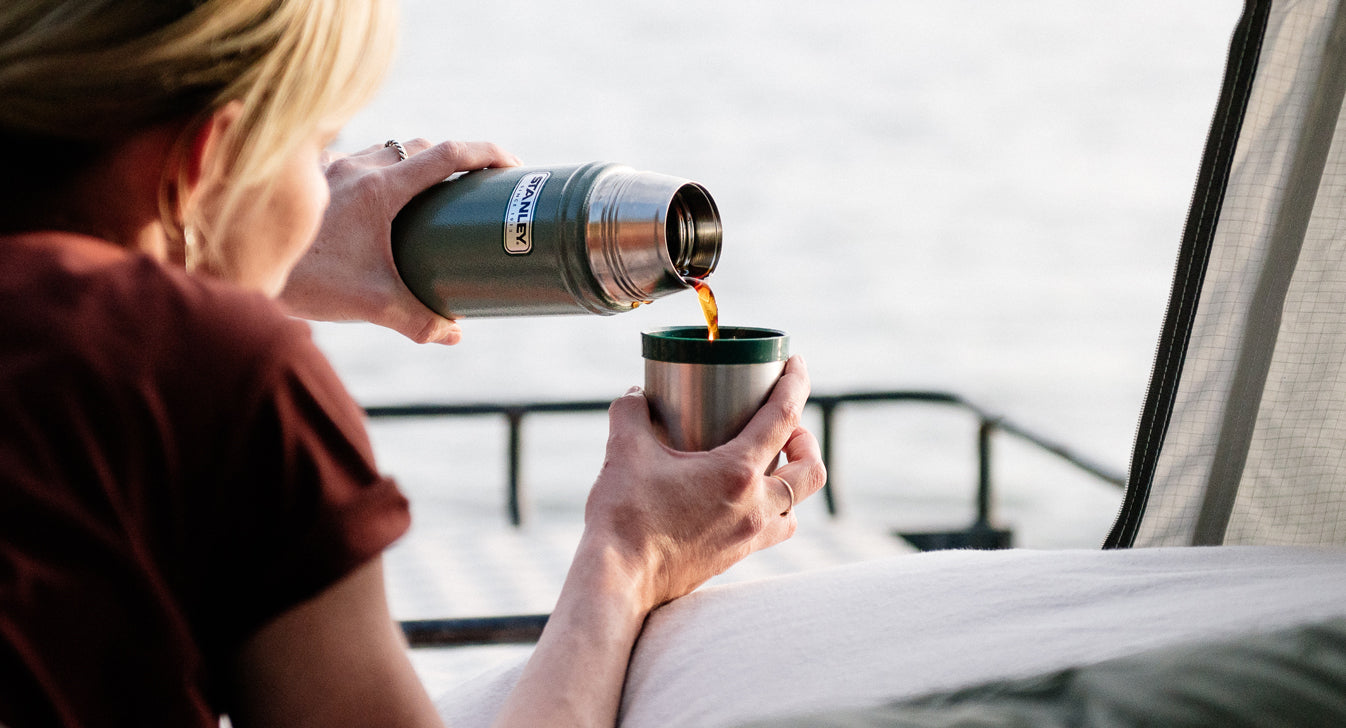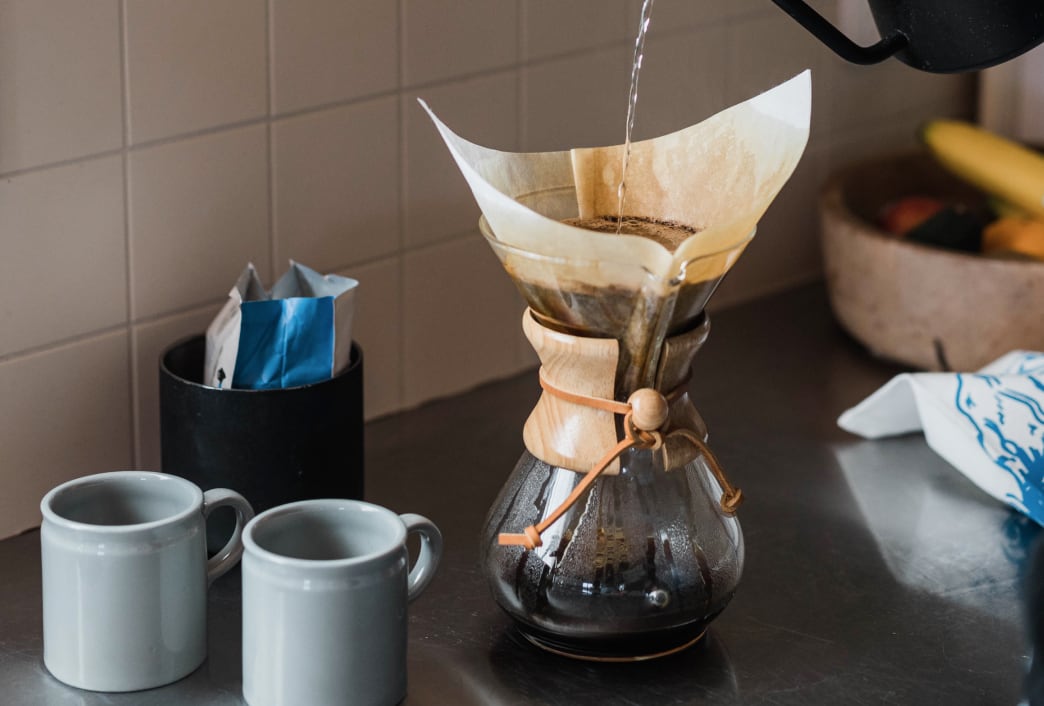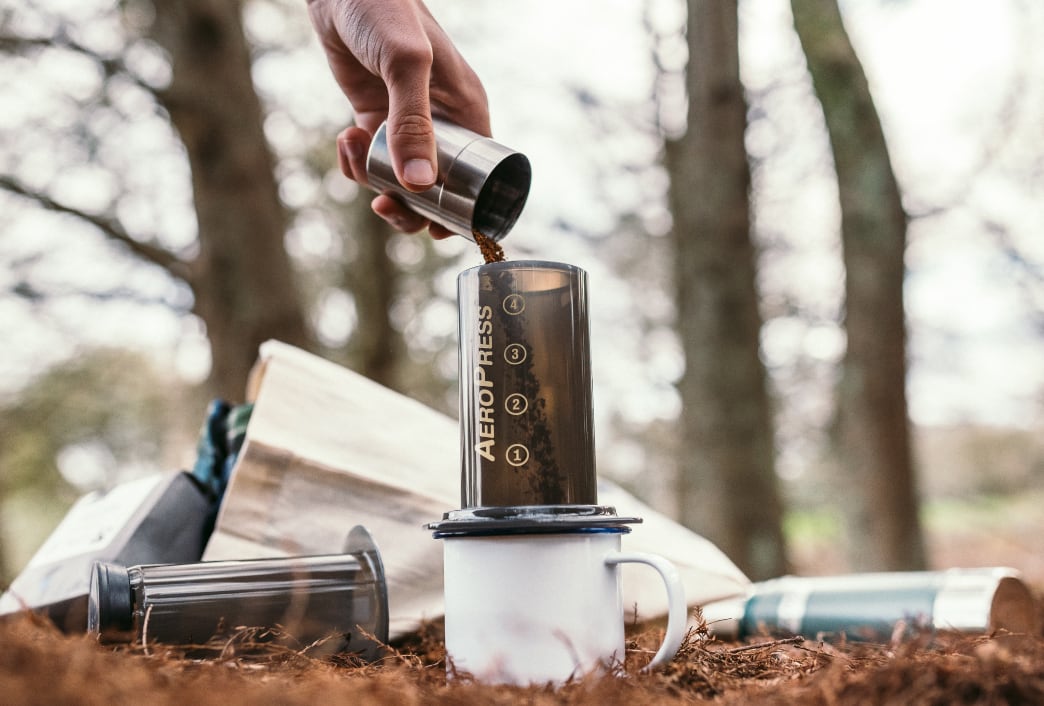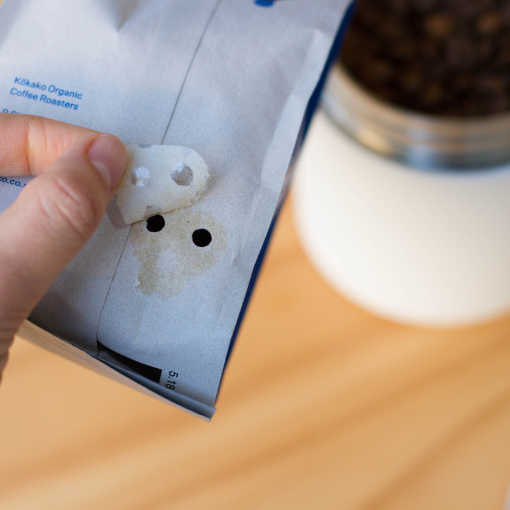So, you’ve decided you want to open a cafe? A hospitality business can be incredibly rewarding – we should know, we’ve been in the biz for over 20 years. In our time, we’ve picked up a thing or two about what it takes to create a successful cafe, and some pitfalls to avoid. It’s our hope that by sharing some of the lessons we’ve learned, we can help others make a real go of it and strengthen our industry as a whole. We’ve got a tonne of info to share, but for now, let’s start at the beginning…
Step 1: Ask yourself the big questions
Think about what’s driving you to create this business. It can be helpful to make a list of the five most important things.
Maybe you want better work hours, or you want to work for yourself. Are you passionate about building a community or creating a nice space to connect with others? Do you want to showcase incredible food, coffee and customer service? Or are you driven by a cause, like using only ethical products, or working with the seasons?
Whatever your reasons for starting a business, it’s important to stay true to them. Use them as your compass, coming back to them each time you make a decision – you’ll have to make a lot of them when setting up and having a clear vision will not only set you apart from the competition, it’ll attract customers who buy into your values.

Step 2: Market research
Can you identify a gap in the market? Is there a location that doesn't yet have the style of business you want to create? Maybe you're a hospo professional with lots of experience that you want to share with the community.
Identify a site or location that you like and find a way to make it possible. Do a walk around or a drive around of your preferred location, making a note of the existing competition. Just because there is no ‘For Lease’ sign doesn’t mean there isn't a site available – more on this below.
Step 3: Find a site
You’ve got the vision; you’ve identified a gap in the market – now you just need to find the right site. It can take time to find the right location, with the right rent and a good landlord but don't be discouraged! As well as looking through available commercial leases, there are a number of other ways you can secure the perfect spot.
Buy a business to get the location
This is often referred to as a turnkey site or opportunity. Look for businesses that are for sale in the suburbs or regions you’d like to be in. You can do this through Trade Me, ABC Business, Kakapo Business, LINK Business or any other broker. Give them your brief and let the broker assist you in the hunt. It might not be a cafe for sale – it might be a fish 'n' chip shop – but ideally you want something with an existing food license, that can be transformed with a lick of paint and a mild fit-out improvement.
Keep your eyes peeled for good locations, even if they’re not for sale. You know the feeling – you see a bakery, dairy or butchery and think to yourself, “this would make a stunning cafe”. But how do you get the site? Well, you could just… ask. Go in and say hello; ask if they would consider selling the business, or better yet, reassign their lease. They might say no, but they might say yes! Give them your details – if they do put the business on the market, you'll be the first to know.
Consider buying the building
While this is a more expensive option up-front, it can be more beneficial in the long run. If you own the building, the rent you would pay instead goes towards your own mortgage, paying off your own asset instead of someone else’s. Not bad if you can get the capital in the beginning.
Start from scratch
This can also be more costly, but again, it may have bigger payoffs in the long run. Look for new retail developments under construction; these are good ones to get into before ground is even broken. A good developer or landlord recognises the need for a great cafe tenant, which will attract other tenants. If you have a reputable background, they may be open to providing a fit-out contribution and/or provide a rent free period when you start out.
The most expensive parts of building a business from scratch are the things you can’t see, like electrics, gas lines, grease traps and extraction or ventilation. Then there's the hard fittings like your counters, fridges, chairs, tables, cabinetry and kitchen equipment, so a budget that has been reviewed against quotations is essential to ensure you don’t overcapitalise.
If you’re starting from scratch like this, it’s important that you build some working capital into your budget to cover yourself for a decent period, as it may take some time to become profitable while you’re still building your business.
Look for government tender sites or RFP opportunities
Larger organisations like universities, hospitals, libraries or local councils will release a RFP (request for proposal), where potential tenants put forward proposals for the site. These come up all the time. Keep an eye on the GETS website (this is run by the NZ government). At Kōkako, we look at these daily, and can connect you with these opportunities or help you pull together the concept document.
Want to pick our brains? We’d love to chat! Get in touch with Zoe, our Sales & Hospitality Manager at zoe@kokako.co.nz, or check out our supply page for more info.
Share
Back to articles



























































